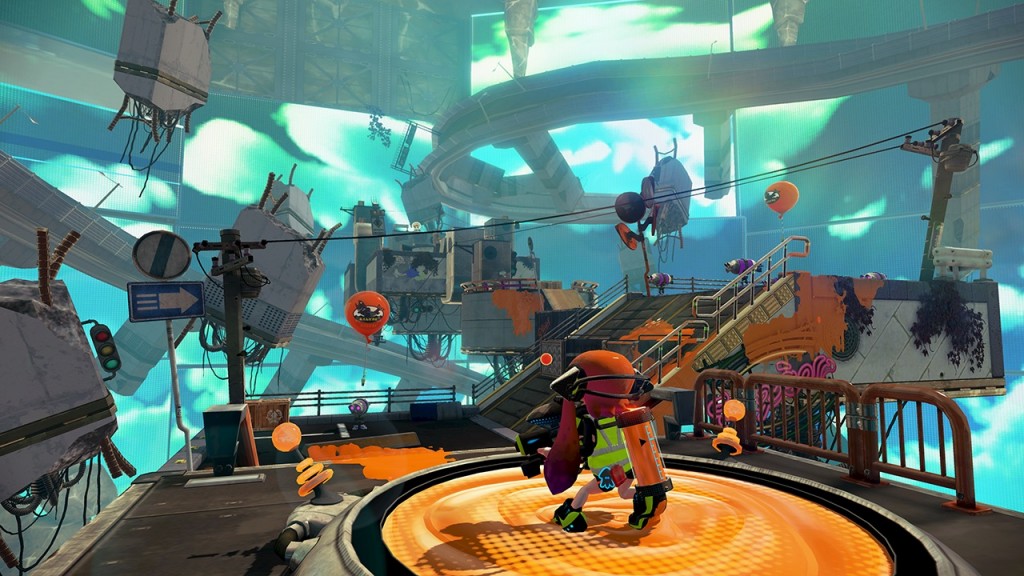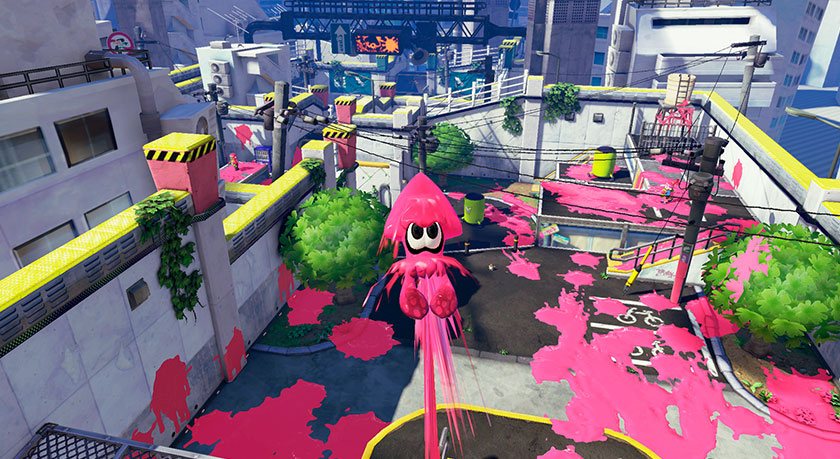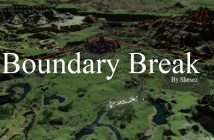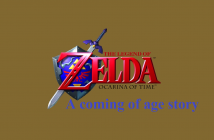Splatoon is a Nintendo title I had high hopes for. From the moment it was announced, I was expecting it to be a fun game and a huge hit. I am more than happy that it lives up to the hype. Finally, Nintendo has a new IP to remind people why it is a company of boundless creativity. Not only does Splatoon possess charming, colorful appeal for, it is just a great to play.
I would be surprised if you have not heard of Splatoon by now. The game stars the Inklings, humanoids that can spray ink with various weapons and transform into squids to swim through their own ink. To start off, players can customize their character’s gender, skin color, and eye color. Customization seems limited, but the amount of ability-enhancing Gear the characters can be outfitted in is seemlingly limitless, with new selections to buy in the game’s different shops. On that note, every play mode is accessed via the Inkopolis Plaza, whether buy walking on foot to each of the locations or quickly selection your destination on the GamePad screen. I do suggest walking around the plaza every now and then; the Inklings of players met on online or connected to the Miiverse are scattered about, and they often have amusing things to say. You can even choose to order some of their Gear if you like.
I had the chance to experience the single player campaign from beginning to end. Splatoon is one of those games where the focus feels like it must have been on the multiplayer during development. Do not get me wrong; both the multiplayer and solo campaign are very enjoyable, but there seems to be an imbalance and disconnect in how the modes function. Gear and weapons used in the multiplayer are not used in the single player mode. During the campaign, Inklings will have a specific weapons that can be upgraded by finding eggs through the different missions. Gear can be earned from completing the campaign, but playing it does not otherwise benefit the multiplayer mode.

The solo mode progresses as one would expect. Early levels are easier and the game increases in difficulty, with more obstacles and tougher enemies as players get further into the game. However, the difficulty peaks about halfway through the campaign, and I realized that most of the challenge comes from manipulating the environment with my Inkling’s ink in order to move forward. This is evident in how players are required to find levels by traveling around on the level selection hubs while spraying ink every. There are many objects that are affected by ink, and these are only found in the single player mode and are largely what make it fun. There are also scrolls found in each level that reveal some of the game’s lore.
Typically, the enemies encountered in this campaign, the Octarians, are dealt with easily. Most are stationary attackers and will take shots of ink until destroyed. Even the Octolings, the Octarian equivalent of Inklings, do not pose much of a threat as they will normally do something like walk straight into your ink in an attempt to attack. I found the boss fights at the end of each area to be the most enjoyable. Discovering a winning strategy against them as the fights escalate is sometimes more difficult than one would think. Without spoiling anything, I want to say going against the final boss is an absolute blast and is the most fun to be had in the single player mode.
In the end, the length of the single player campaign is the only aspect truly holding it back. In a way, this content of the single player can be extended with the Splatoon Amiibo series. These provide challenges which are really levels that from the solo mode that can be replayed with different conditions, such as being armed with a charger or roller weapon or having limited ink or time. Completing these challenges will net some great gear and a lot of money to spend in the shops. While they are called “challenges”, they are not usually much more difficult than the standard levels (sometimes they are easier), but having limited ink is definitely the most stressful of all.

It is clear that Splatoon truly shines in its online multiplayer. Multiplayer is fun to play with other for hours on end, even if it is with or against the same people in the same levels. The factor of other players makes the experience ever changing. Because of this, the shortage of modes and content in the multiplayer is not a huge issue, especially given that the game is being frequently updated with free content. Each multiplayer match feels different and may require new strategies in order to turn the tides or completely roll over the competition. I have played matches that majorly shifted for better or worse in just the last twenty seconds.
This is what makes Splatoon different from most other shooters. While it is helpful to “splat” enemy players, covering the surface with ink is what the teams are scored on. You can never get splatted while destroying the enemies time and time again, but if your team has not covered more of the ground and walls with ink than the other, you will still lose. On the other hand, it is effective to dispatch the enemy as quickly as possible to keep them from making a mess of your mess as long as you keep the main objective of covering the surface in mind.
The local multiplayer is very different from the online. This mode is called the “Battle Dojo”, and it is limited to two players, one on the GamePad and the other on another controller type. The objective is to burst more balloons than the opponent before time runs out. While it can be enjoyable, the lack of the chaos the online mode contains makes the local mode less fun. However, without as much going on, it provides an opportunity to better memorize the different maps as you can also pick any one of them.
Splatoon feels exactly like game Nintendo would make, in the best way possible. It has style, a very 1990’s kind of cool, and it is just fast-paced fun. It is a new property that I would love to see Nintendo revisit in the future, but for now, I can see Splatoon continuing to be hard to put down in the months or even years ahead.
-
Graphics - 9/109/10
-
Audio - 8/108/10
-
Gameplay - 10/1010/10
-
Value - 8/108/10




